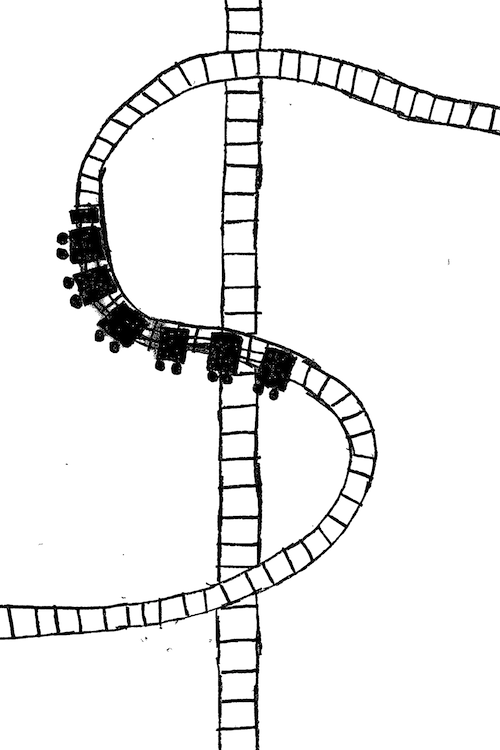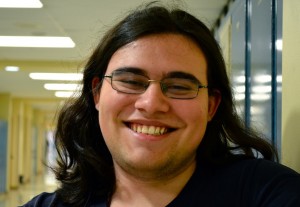“It’s like a cloud,” said Ryan Greenberg ’13. “It’s wonderful.”
Greenberg is speaking of Physics Day, the annual field trip taken by some 200 physics students to Six Flags. However, much to his chagrin, he’d heard that it wasn’t happening this year.
That rumor resulted from an email sent out by Principal John Dodig to teachers asking them to postpone unnecessary field trips because too many students struggled to pay for them.
Dodig wrote in the email, “I have limited funds to help [students who cannot afford to pay for field trips] and have to consider the entire school year. … If you still accomplish your instructional goal without a field trip, I think this is the year to postpone it.”
Fortunately for Greenberg, who this year takes AP Physics, and other physics students, Joanne Klouda, a physics teacher, still plans on the trip, though she recognizes that it is expensive, costing about $70 per student. Still, she likes the trip because “it gets kids excited about physics and science,” she said.
Baxter Stein ’14, a current physics student who plans to go on Physics Day, said, “I want to deepen my understanding of real-world applications of physics.” Stein also joked about a “revolution” if Physics Day was cancelled.
Another field trip affected by Dodig’s email was the art field trip, organized by Camille Eskell, the drawing teacher. “I was wondering if I should not go [because of the email], but the students were looking forward to it,” said Eskell.
Eskell supports the field trip, saying “I think it’s important to have a field trip in art so that students can experience art and discover new artists and new ways of doing things.” She added, “I respect [Dodig’s] thoughtfulness for students who struggle [financially].”
The cost of the art trip varies because each venue has its own pricing structure, so Eskell has to calculate the cost to the students each trip, and the cost is subsidized by the PTA Cultural Arts Committee. Students who can’t afford to go on the art trip, or Physics Day, can get financial assistance from the school.
The fund to help students who cannot afford field trips, as well as other school-related activities and supplies, starts at around $10,000 each year, which is made up of $500 from the PTA, a few hundred dollars from interest on clubs’ money, and the rest from student parking fees. The money is spent at Dodig’s discretion as long as it benefits students, and Dodig says that he has never refused spending money on a student who could not afford to go on a field trip. He estimated the number of students each year who request aid for field trips at between 30 and 50.
However, Dodig also said that he feels the number of field trips has decreased as a result of the recession that has made more families unable to afford field trips.
Dodig said that, though Westport is better off than it was at the height of the recession, when he first asked teachers to consider the cost of field trips versus the benefits, there are still families who are struggling financially. He is grateful that Staples has money to help those students.















































